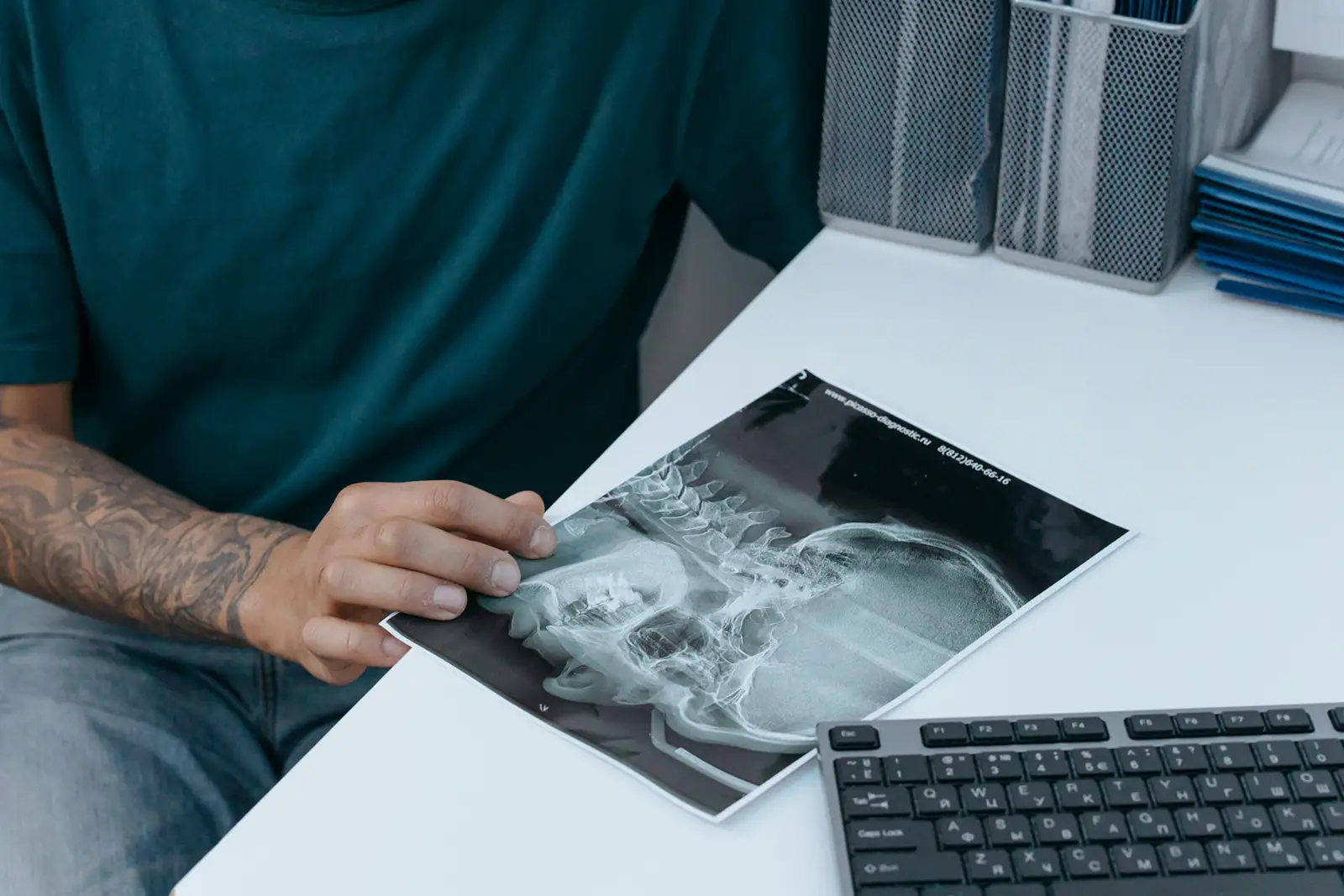Information For Patients - Spine
Thanks for visiting this page. The information contained here is to help the patient understand the basics of anatomy and physiology relating to our products. This may help the patients to connect with the physician and the treatment.
The spine, also known as the vertebral column, is a flexible column of 33 bones called vertebrae that supports the body and protects the spinal cord. It runs from the base of the skull to the tailbone. The vertebrae are divided into five regions:
Cervical vertebrae (7): These are the vertebrae in the neck. They allow for a wide range of motion, including flexion, extension, and rotation.
Thoracic vertebrae (12): These are the vertebrae in the chest. They are connected to the ribs and help to protect the heart and lungs.
Lumbar vertebrae (5): These are the vertebrae in the lower back. They are the largest and strongest vertebrae in the spine, and they support the weight of the upper body.
Sacrum (5 fused vertebrae): The sacrum is a triangular bone at the base of the spine. It is fused to the pelvis and helps to connect the upper and lower body.
Coccyx (4 fused vertebrae): The coccyx is a small bone at the end of the spine. It is also known as the tailbone.
The vertebrae are separated by intervertebral discs, which are made of cartilage. These discs act as shock absorbers and allow for movement between the vertebrae.
The spinal cord is a long, thin bundle of nerves that runs through the center of the vertebral column. It carries messages between the brain and the rest of the body.
The spine is a complex and important structure that plays a vital role in supporting the body and allowing for movement. It is also a common site of injury.
The vertebral column allows for a wide range of movement, including bending, twisting, and flexing. It also helps to absorb shock and distribute weight evenly throughout the body. Here are some additional facts about the vertebral column:
The vertebral column is about 24 inches long in adults.
The vertebral column is curved in an "S" shape.
The vertebral column is more flexible in the cervical and lumbar regions than in the thoracic region.
The vertebral column is supported by a network of ligaments, tendons, and muscles.
The vertebral column is prone to injury, such as herniated discs and spinal stenosis.

